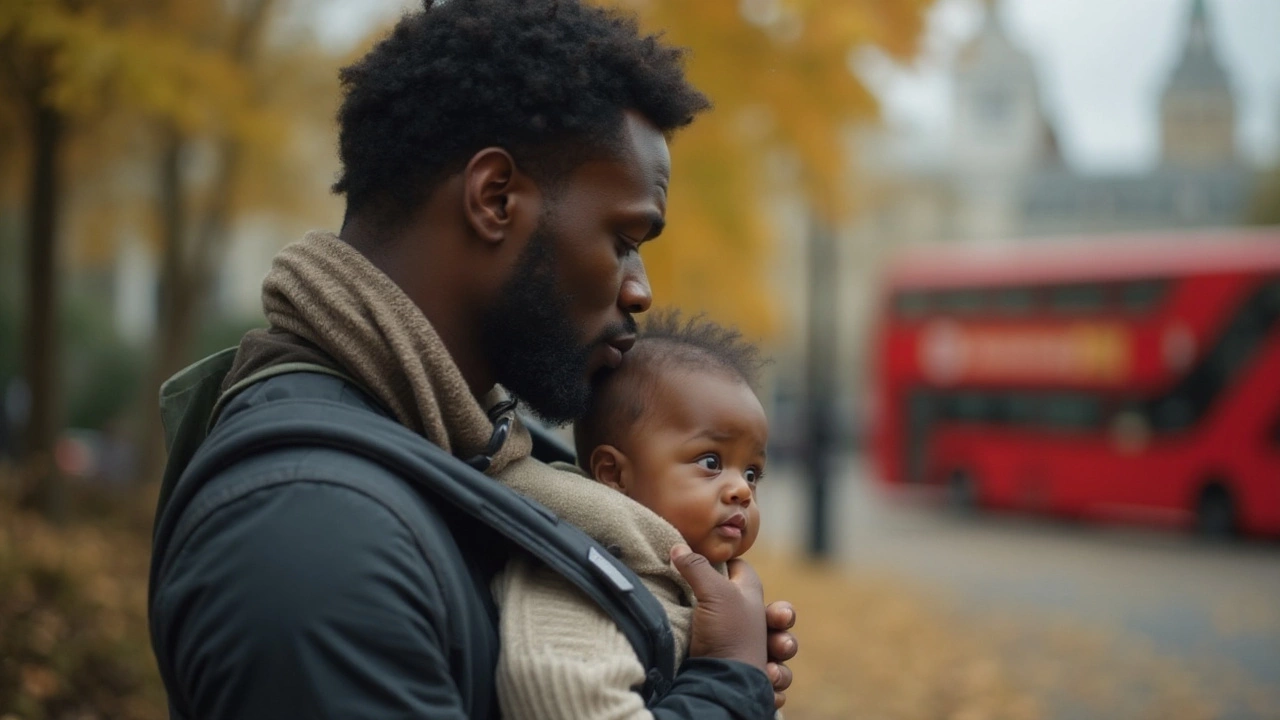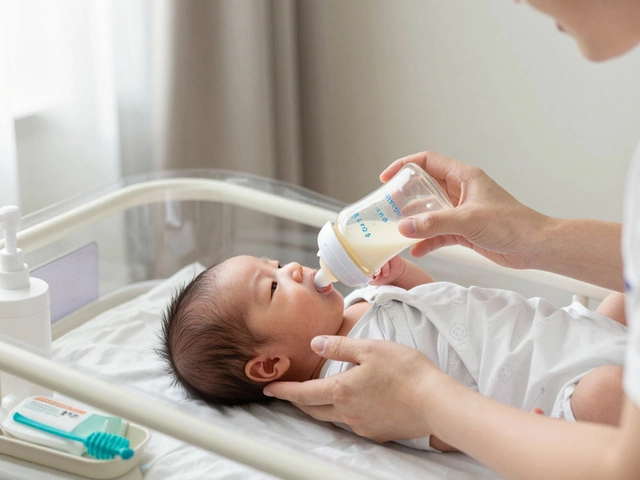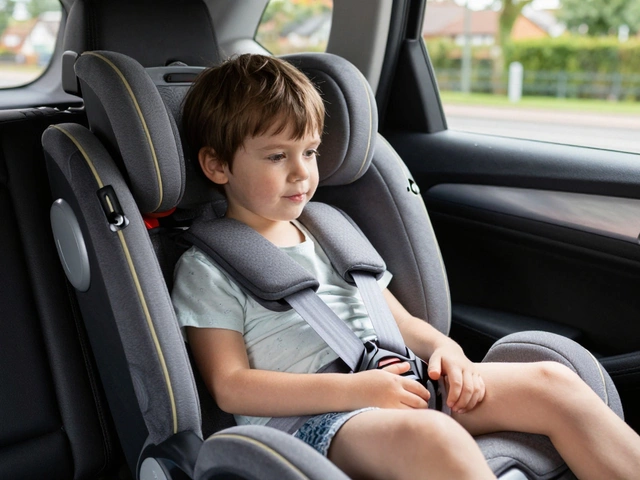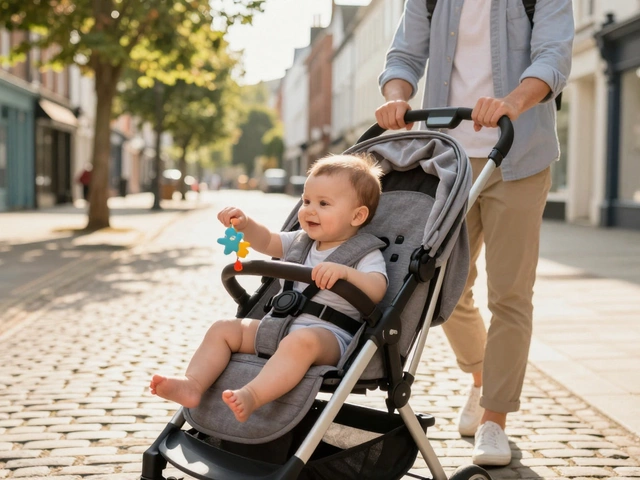Babywearing Basics: How to Keep Your Little One Safe and Comfortable
Wondering if babywearing is right for you? You’re not alone. Parents love the closeness, but they also worry about safety. In this guide we’ll break down the must‑know tips for using slings, carriers, and wraps without stress.
Choose the Right Carrier for Your Baby’s Age
First thing: match the carrier to your baby’s size. Newborns need a snug, womb‑like position with hips spread in a ‘M’ shape. Look for a carrier that offers adjustable straps and a built‑in head support. As your child grows, you can switch to a hip‑hug or backpack style that still keeps the spine aligned.
Set Up the Correct Form in Seconds
Bad form can pressure a baby’s spine and make your shoulders ache. Start by pulling the carrier tight enough so the baby sits upright, chest out, and knees higher than hips. Check the chin – there should be a little space between chin and collarbone. If the baby can slip out, the fit is too loose; tighten it and try again.
Another quick check: hold the baby up to your chest. Their face should be visible, breathing easy, and you should be able to kiss the top of their head. If you need to lean forward to see them, the carrier is too low.
Don’t forget to rotate sides. Carrying on one hip all day can cause shoulder strain for you and uneven pressure for the baby. Switch sides every 20‑30 minutes to keep things balanced.
When you’re out and about, keep an eye on the baby’s temperature. A well‑ventilated carrier helps prevent overheating. Feel the baby’s back – if it’s hot or sweaty, take a short break or loosen a strap a bit.
Many parents ask if a sling harms a baby’s spine. The answer is no, as long as you follow the ‘M‑shape’ rule and keep the hips spread. Avoid any carrier that forces the legs straight down or lets the baby slouch.
If you’re using a soft‑structured carrier, always thread the straps through the buckles before lifting the baby. This prevents the carrier from snapping shut and trapping the baby’s head.
Parents often worry about suffocating baby syndrome. It’s rare, but it can happen when a carrier blocks the baby’s airway. Always make sure the baby’s nose and mouth stay clear, and never place a baby in a carrier while they’re asleep unless you’re 100 % sure the position is safe.
Finally, trust your instincts. If something feels off – a tight spot, a strange sound, or the baby seems uncomfortable – pause, adjust, or try a different carrier. Babywearing should feel like a hug, not a chore.
With the right carrier, proper form, and a few simple checks, you can enjoy the bond of babywearing while keeping both of you safe and happy.

Why Babies Should Be Close Enough to Kiss in a Carrier: Safety Rule Explained
What close enough to kiss means in a carrier, why it protects your baby’s airway, and how to achieve the right fit across wraps, slings, and SSCs with simple checks.
view more




